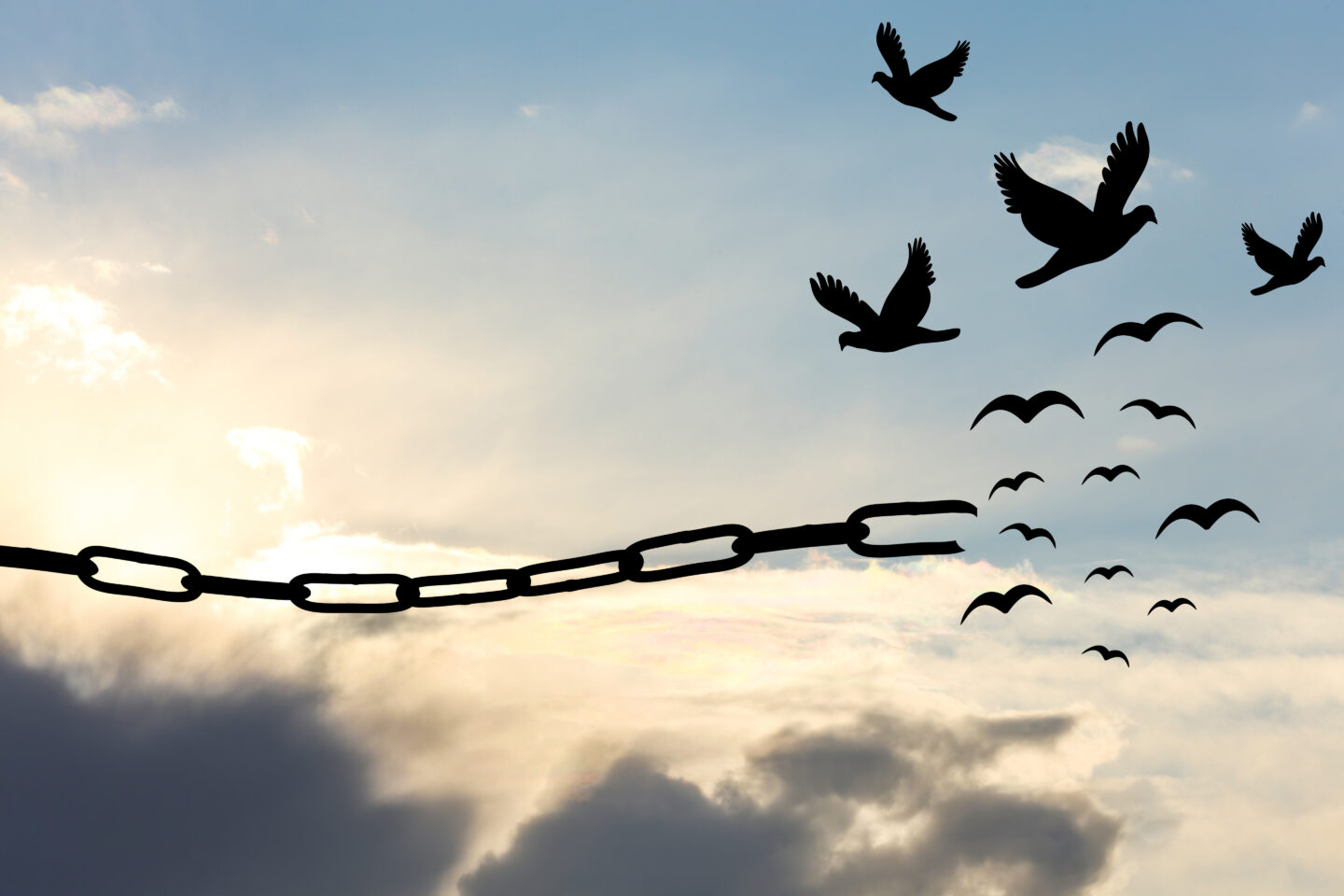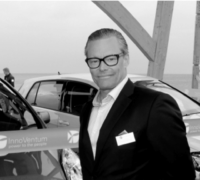The example underlines how co-creation can achieve genuine progress and accelerate disruptive innovation. While collaboration involves two parties working together, co-creation entails the simultaneous involvement of at least three parties in the concurrent pursuit of a shared mission, generating significant synergies. This achieves more in less time, which is critical given the urgency to find climate solutions.
When industry expertise converges with academic curiosity, the synergy is nothing short of remarkable. However, academic collaboration often faces organizational rigidity. The process often involves navigating through the university’s technology transfer office, which can be marred by lengthy discussions over intellectual property (IP) ownership and non-disclosure agreements (NDAs). To overcome these obstacles, working directly with university researchers often proves to be a more efficient and agile approach.
Additionally, in the quest to understand and inspire collaborative innovation, my consulting organization, iKNOW-WHO, conducted a study. Through interviews and reflection with executives, we sought insights into the mindsets, leadership skills, and organizational abilities necessary for successful co-creation. Calculated risk-taking, learning from failures, leading by example, encouraging breaking some boundaries, and celebrating success together emerged as essential attributes.
Moreover, achieving success in co-creation demands breaking some conventional rules and red tape, as the BASF example illustrates, but it must be done thoughtfully to avoid negative consequences, or “breaking bad”.
Another insight is that promoting inclusive co-creation is crucial. Large multinational corporations have tended to rely heavily on their internal resources and expertise. However, BASF and Unilever demonstrate that they remain open to collaborating with university teams from new geographic areas and institutions outside their usual networks. For instance, BASF collaborated with a team unfamiliar with UV filters but experts in grapes and winemaking. Similarly, Unilever partnered with a team that hadn’t worked on ice cream but specialized in unique cement applications in outer space.
Additionally, companies should be open to bridging knowledge gaps. Executives involved in collaborative competitions to tackle extreme innovation challenges have the option to withhold intellectual property (IP). However, the more open these executives are, the faster critical knowledge gaps can be closed.
It’s also important to embrace interdependence. The increasing complexity of challenges in health, emissions, energy consumption, and material scarcity demands a broader range of scientific expertise to find solutions. Maintaining all these disciplines in-house is costly and impractical. Thus, executives must rely on external expertise to succeed.
Lastly, companies should shift from a “winner takes it all” to a “winners make it all” mindset. In-house IP legal teams should transition from a singular winner paradigm to a collective success approach, where all contributors benefit from co-created breakthroughs. Deserving academic teams should have the opportunity to publish results from co-created findings and share in licensing revenues stemming from patent-protected breakthroughs.
Such insights gathered can serve as a valuable resource, guiding businesses towards the path of co-creation, ultimately paving the way for a more sustainable future.







